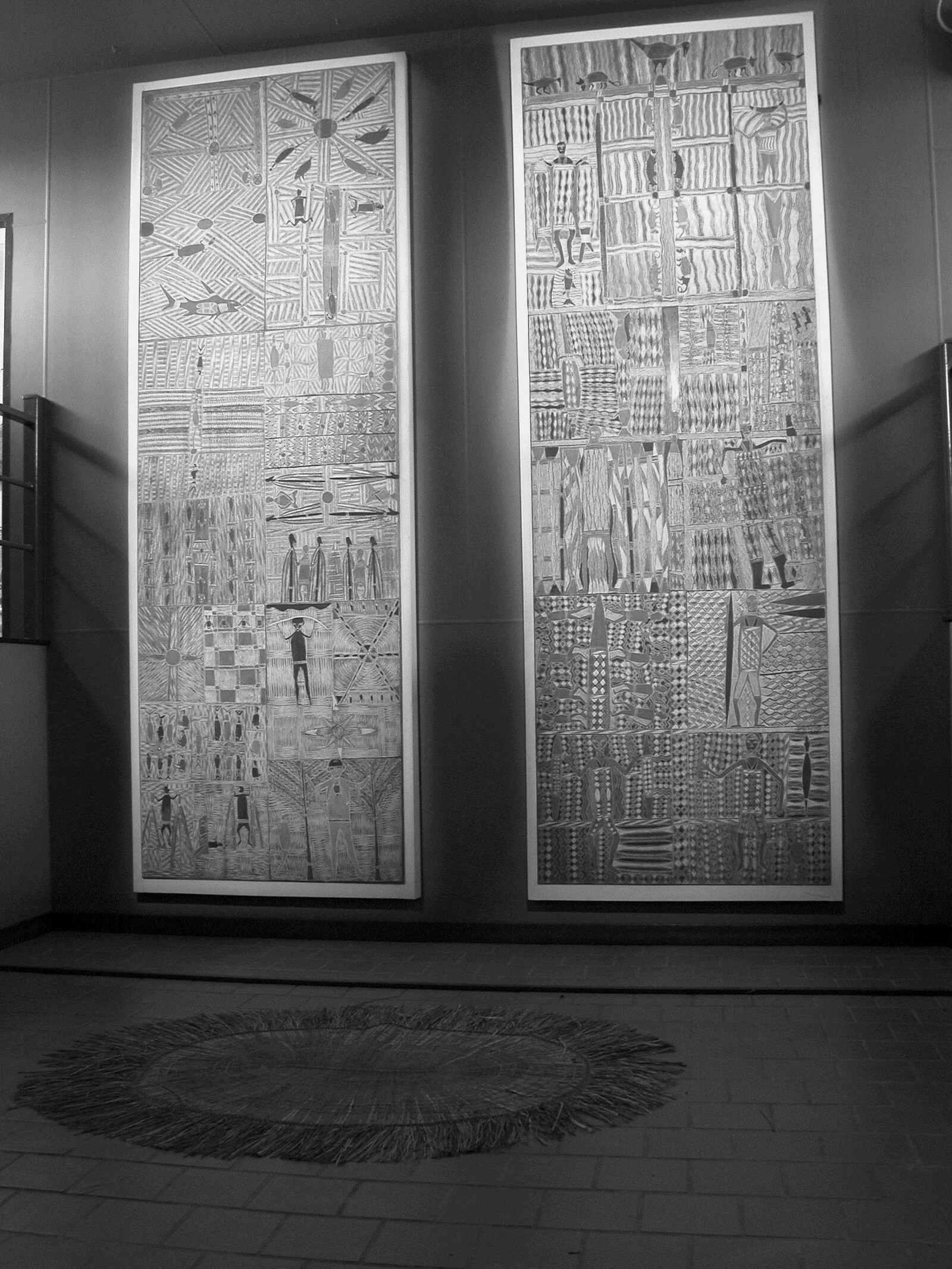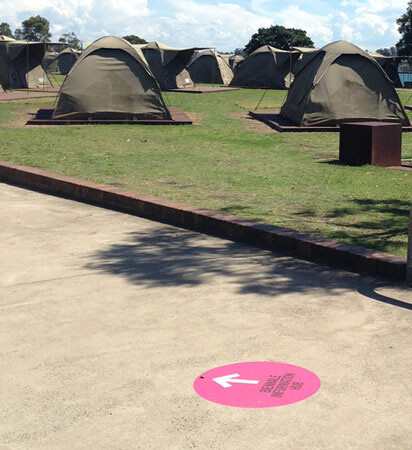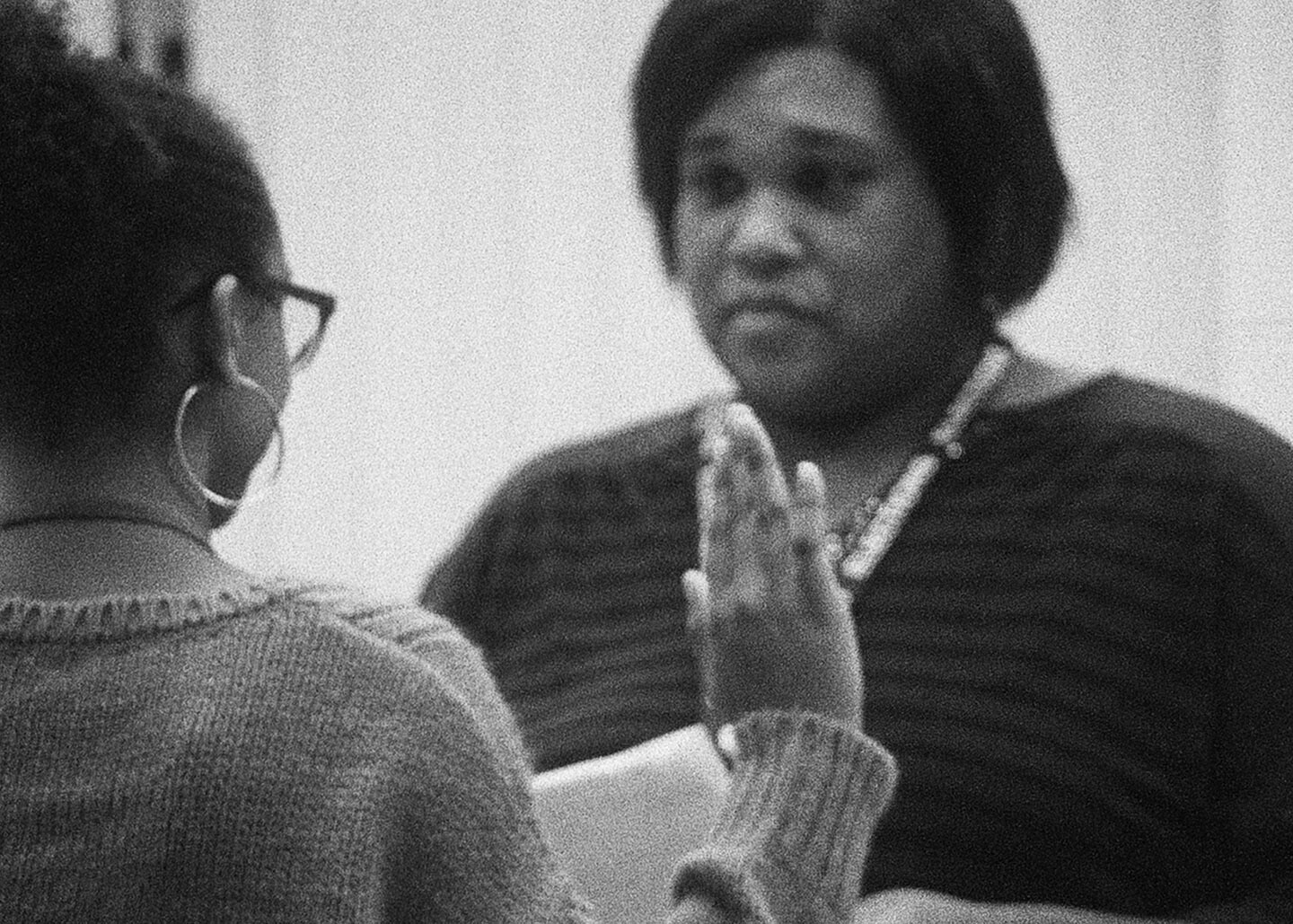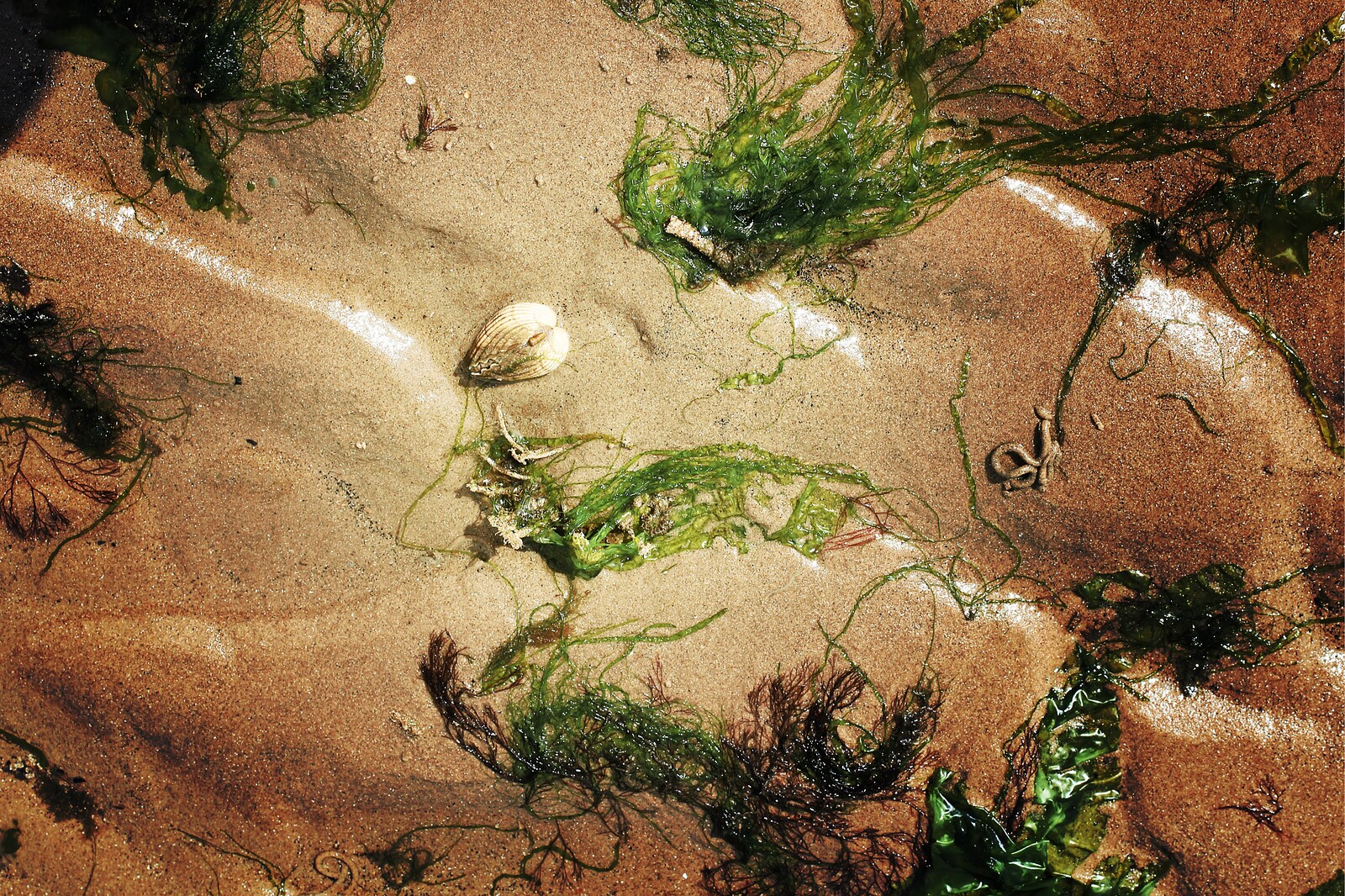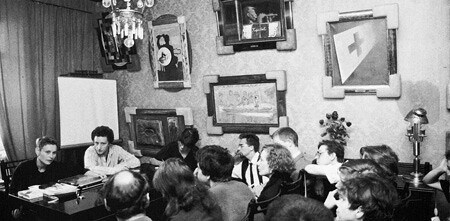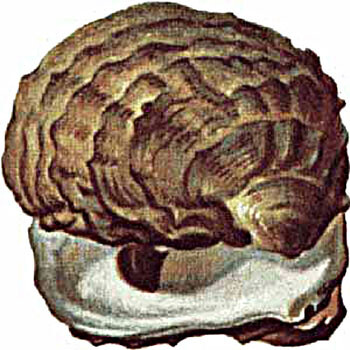In the later months of 1962 and the early months of 1963, elders of Yolŋu clans from the area known by the balanda (“white people”) as the Gove Peninsula in North East Arnhem Land came together to paint what became known as the Yirrkala Church Panels. Today, the panels and the stories that they show are revered more than ever. As a collective statement, they continue to resonate on multiple levels, from the local community outwards through several registers to, I suggest, a worldly scale. The entirely collective process through which they were produced models a collaborative form of indigenous and non-indigenous participation in the processes of reparation and reconciliation so essential to Australia’s national polity. Historical accuracy, moral accountability, restorative justice, and social unity were at stake, as they remain.
Trust
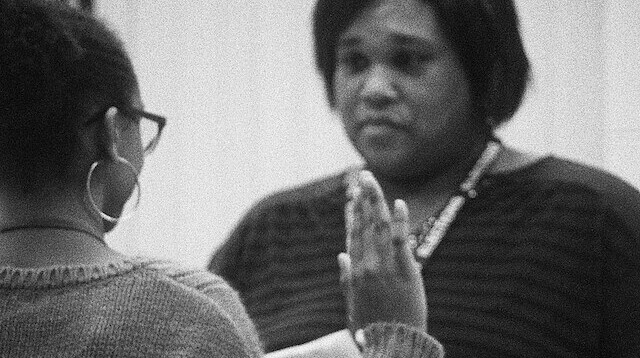
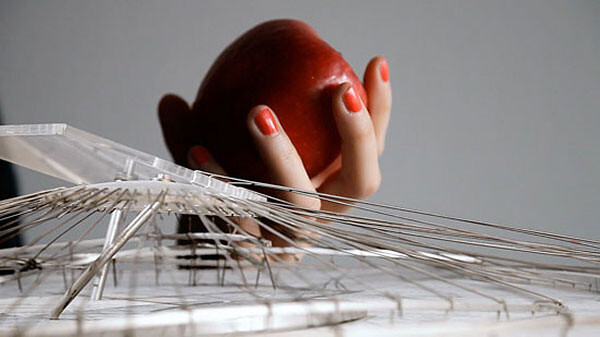
Trust is the bedrock of all relationships and solidarities. Whether through models of collaboration between indigenous and non-indigenous participants, trust is part of the process of reparation and reconciliation (Terry Smith, “Yirrkala, Northern Territory, 1962–63”). Moreover, during this pandemic, the most prescient metaphor of the present is how everything is interdependent and intertwined. So what is a collective life based on mutuality, generosity, reciprocity, and trust? (Raqs Media Collective, “Planktons in the Sea: A Few Questions Regarding the Qualities of Time”). This is the trust dilemma for institutions, especially museums: trust in collaborative practices and alignments; trust in images and digital photography; trust in archives; trust and co-existence; relational trust. These are just some of the invocations of trust and loyalty, but also its converse: betrayal.
Natalie King OAM is a Professor of Visual Arts at the University of Melbourne and Curator of Yuki Kihara, Aotearoa New Zealand at the 59th Venice Biennale 2022.
Imagined communities are called into being through media, and the reality-based community is no different. Documentary cinema is its privileged means of imagination. Why? With a frequency not found in other forms of nonfiction image-making, documentary reflects on its relationship to truth. And unlike the written word, it partakes of an indexical bond to the real, offering a mediated encounter with physical reality in which a heightened attunement to the actuality of our shared world becomes possible. But precisely for these same reasons, documentary is simultaneously a battleground, a terrain upon which commitments to reality are challenged and interrogated.
But what does vulnerability actually mean? Is it being able to acknowledge a state of pain or insecurity, embracing the feeling of coming undone? I feel that it’s something I’ve tried to hide from others and from myself. At the cost of headaches, a bloated stomach, the inability to articulate a sentence. A mental-physical feeling of paralysis. I now suspect that people spend a lot of time and effort hiding in this way. Could I overcome my terror of falling apart if I allowed myself to rely on others, on you? Or should I be a “cruel optimist” and create hopeful and positive attachments, in full awareness that they will not work out?
The blinding in Simone’s figures seems to me a self-blinding in order to see the self more clearly. A blinding that forces the one blinded to look inside more deeply. It’s a miracle, a radical act of self preservation, this blinding. It shuts out the exterior to be able to pay more and better attention to the interior. And the question it asks is: How brave and how honest will we be when we begin to look inside?
